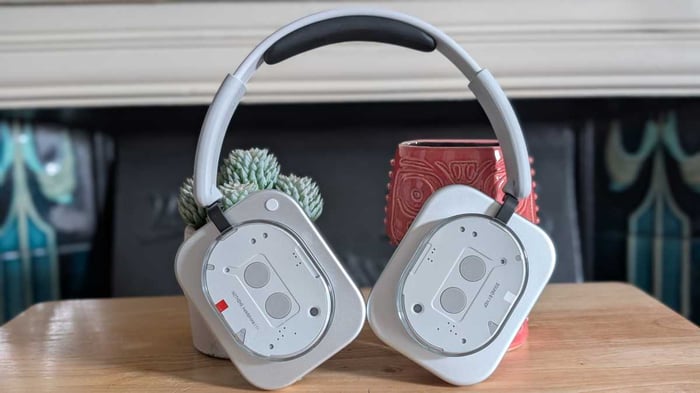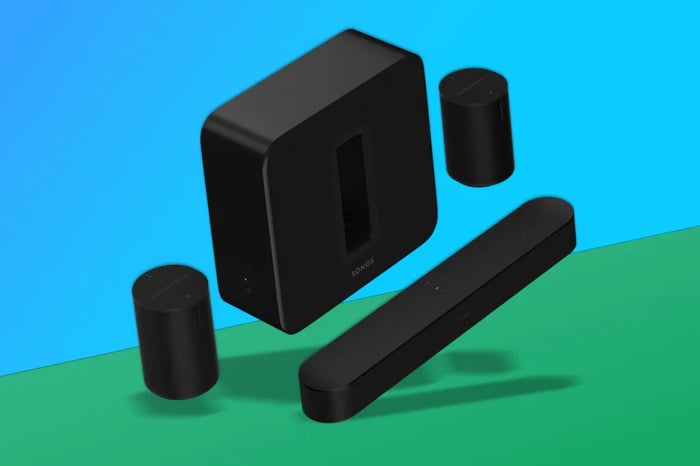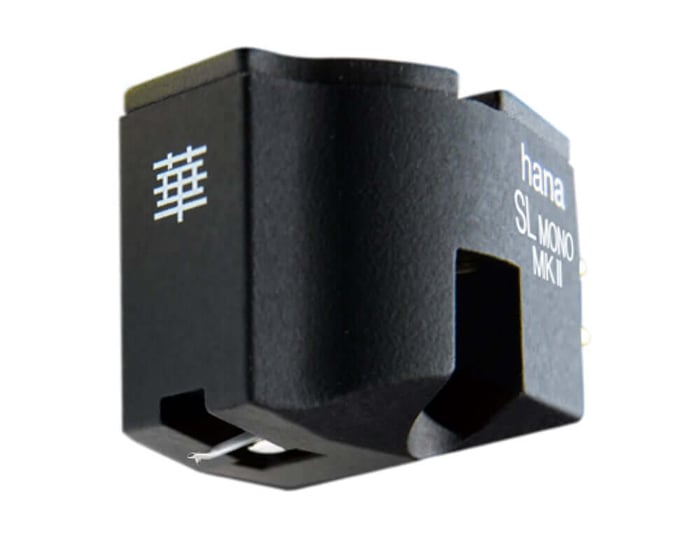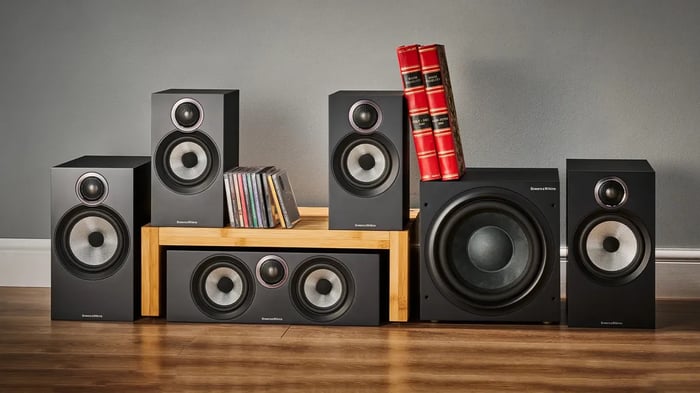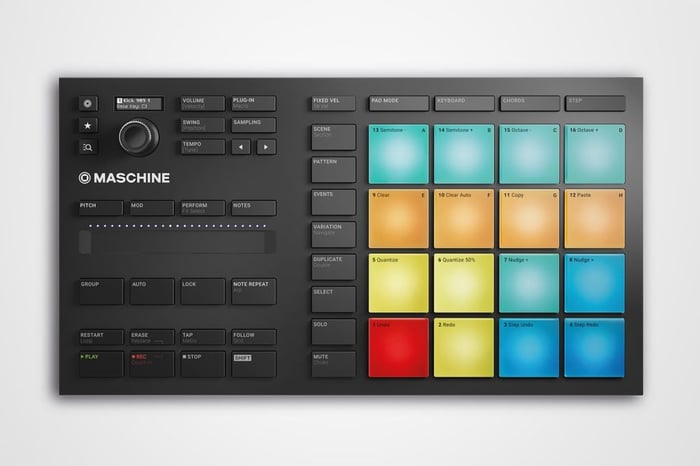
Top Electronic Instruments in 2025: Must-Have Gadgets for Musicians
Top Electronic Instruments in 2025: Must-Have Gadgets for Musicians
Explore the best electronic instruments in 2025 that every musician needs to create stunning beats and melodies.
The Evolution of Electronic Instruments
Electronic instruments have come a long way since New Order crafted the sequence for “Blue Monday” using binary code. Today’s world is filled with quantized beats, USB-C ports, and noise-cancelling headphones that bring music production to a whole new level. If you're looking to craft modern melodies, these cutting-edge electronic instruments should be on your radar.
From MIDI keyboards to beat-making pads, below is a lineup of instruments that form a complete orchestra for producing electronic music. Whether you're working on your first track or ready to record your next lo-fi hit, these devices will help you sample, sequence, and synthesize sounds to create something truly share-worthy on platforms like SoundCloud.
Not sure what MIDI DIN means compared to MIDI In? We've even broken down some electronic music terms to get you sounding like Jean-Michel Jarre with his laser harp.
Best Electronic Instruments to Buy Today
For Crafting Rhythms
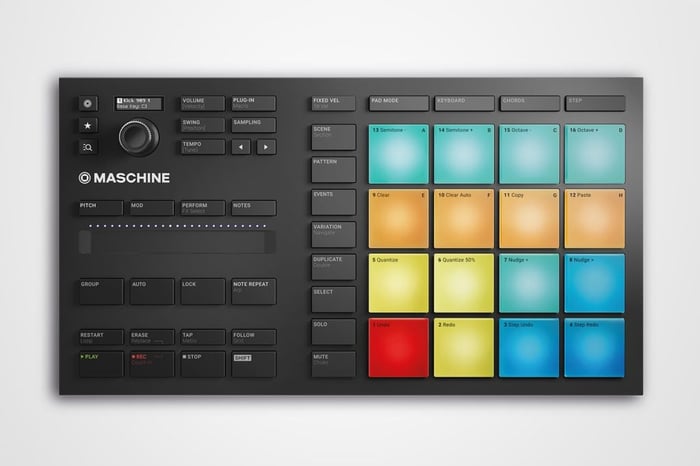
1. Native Instruments Maschine Mikro
Amadeus didn’t need drum pads, but Wolfgang wasn't composing trip-hop either. If your unfinished symphony leans more towards Massive Attack vibes than Mozart, this groovebox might be your new best friend.
The color-coded pads let you craft percussion parts with pinpoint accuracy, and the Smart Strip touch strip allows you to blend kicks with Perform FX effects. Plus, the Maschine software houses more instruments than a full orchestra.
Groove Grid Visual
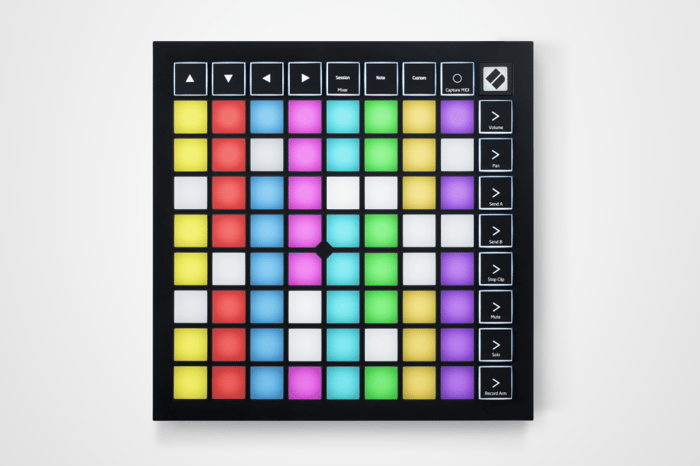
2. Novation Launchpad X
For your desktop disco, you need lights and sound, and this rainbow grid delivers both. Think of it as a dance floor for your fingers: 64 RGB pads let you paint melodies with pixels.
Designed for Ableton Live, it doubles as a fully customizable MIDI controller. Punch in patterns on pressure-sensitive pads and use the capture mode to ensure you never miss a beat.
Sleek Step Sequencer
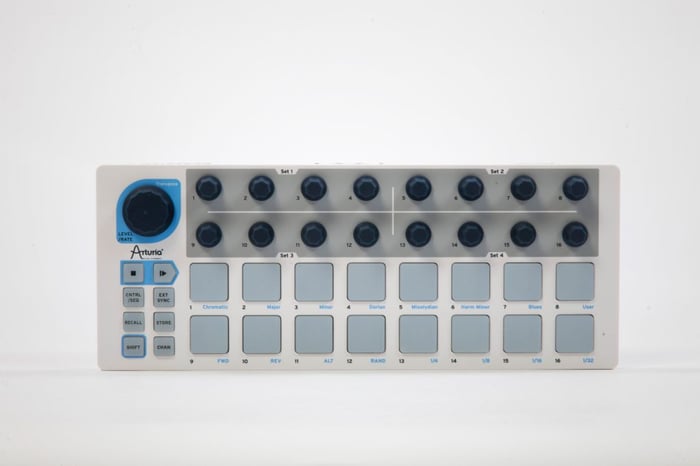
3. Arturia BeatStep
Sometimes the most powerful beats come from the smallest gadgets. Don’t be fooled by its size — this compact controller can do it all. Use pressure-sensitive pads for finger drumming or switch to sequencer mode for 16-step patterns.
Pitch bend knobs provide granular control over each note, and iPad compatibility means your rhythm can roam free, not tied down to a desktop.
Sound Snatcher
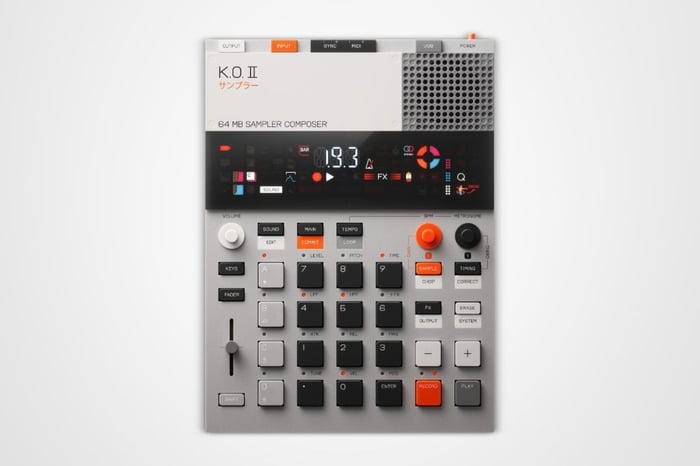
4. Teenage Engineering EP 133 K.O. II
Musicians might play piano, but can they record a dog's bark and turn it into a drum and bass hit? Probably not, but this quirky sampler can.
It looks like a Lego answering machine and is just as fun to play. Battery-powered with a built-in microphone, it’s perfect for making music on the fly. Punch-in effects let you tweak samples while recording.
Autonomous Studio
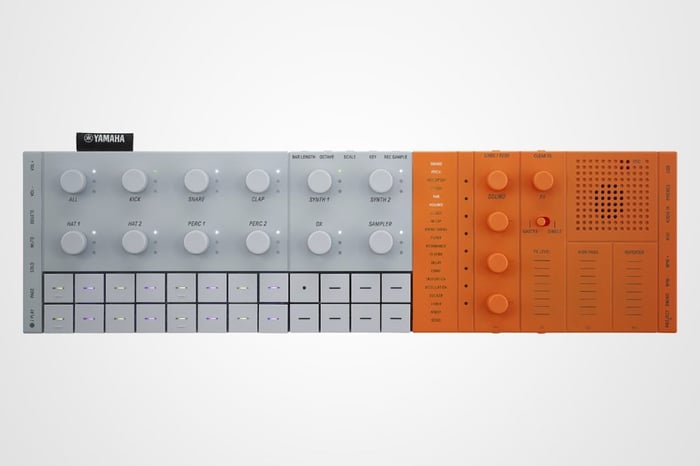
5. Yamaha SEQTRAK
You could set up a studio in your garage, or you could take this Yamaha hybrid for portable production. Part sampler, part sequencer, part synthesizer, plus an effects section — SEQTRAK is a standalone station for electronic jams.
Lightweight yet feature-packed, it boasts a library of 2,000 presets and even has a built-in speaker for spontaneous performances.
Durable Recorder
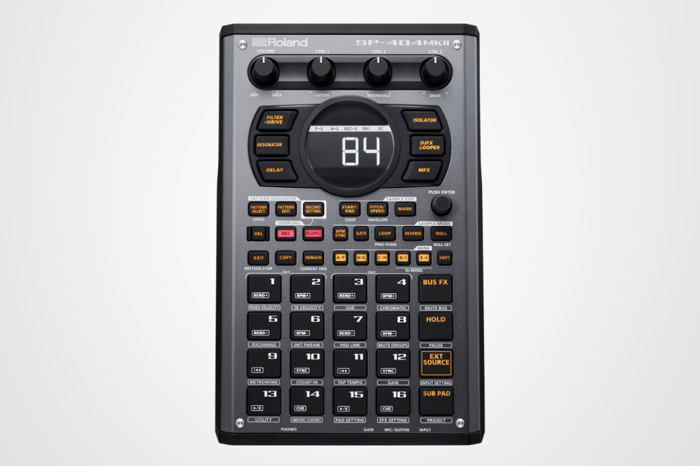
6. Roland SP-404MKII
It might look like an advanced calculator, but this button-packed box is built for sound manipulation, not math. Tough enough for any beat battle, this sampler with an intuitive interface and signature sound has become a cult favorite among DIY musicians.
Its OLED display makes looping, adding effects, and slicing samples in real-time far more fun than crunching numbers.
Mini Maestro
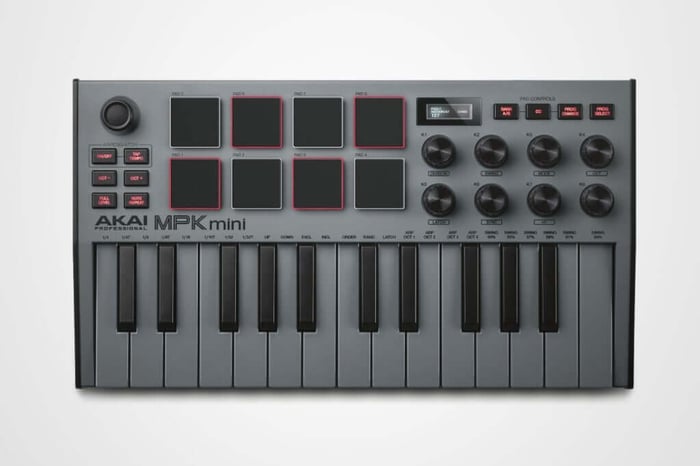
7. Akai Professional MPK Mini MK3
The Swiss Army doesn’t need a MIDI controller, but if it did, the MPK Mini MK3 would be the pick. This compact device offers multiple ways to play melodies.
Featuring 25 mini keys, eight pads, a pitch joystick, and an onboard arpeggiator, it keeps your fingers busy. Assignable knobs round out the ensemble. The only thing missing? A bottle opener.
Tactile Creative Instrument
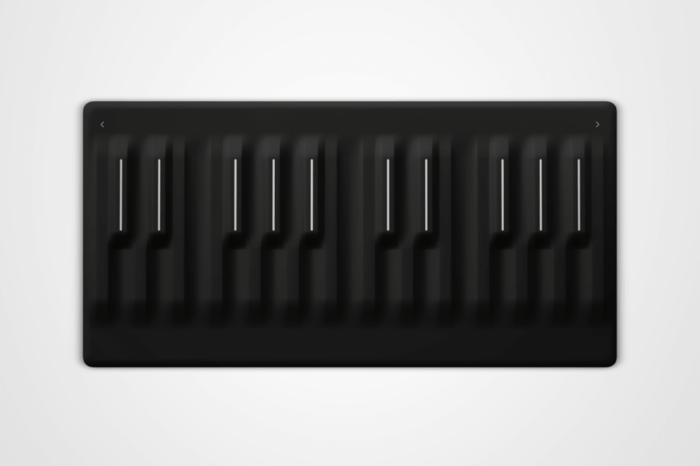
8. Roli Seaboard M
When is a mini keyboard not a keyboard? When it’s a tactile canvas for sonic expression. Replacing traditional keys with a responsive playing surface, the smallest Seaboard lets you slide, press, and bend notes to create organic sounds that pitch wheels can only dream of — from swelling synth textures to string vibratos.
Need more range? Magnetic connectors let you attach extra panels to expand octaves.
Portable Performer

9. Korg nanoKEY Fold
Even composers need a summer break. Take this compact MIDI keyboard with you to create music wherever your next tour lands. Weighing just 126 grams, this folding keyboard snaps in half without losing any functionality.
Its 25 silent membrane keys let you practice without disturbing fellow travelers, and a couple of touch sliders help you refine melodies whether you're in Malibu or Ibiza.
How to Choose the Best Electronic Instrument
Looking to buy the best electronic instrument but feeling overwhelmed? Here are some key points to consider:
- Pads: Want to play finger drums like Fred Again? Go for an instrument with percussion pads. Some are velocity-sensitive for expressive beats, others feature RGB lighting for visual feedback when you're deep in the groove.
- Keys: MIDI keys vary from simple plastic keys to those sensitive to velocity. If you play piano, you’ll want full-sized keys with good travel. For chords and basic melodies, lighter keys work just fine.
- Connectivity: USB-C, MIDI DIN, CV/GATE — your setup’s language matters. Check your gear’s compatibility before buying. Some instruments double as audio interfaces with inputs for microphones and other sound sources.
- Software: Not all instruments are plug-and-play. Some need a digital audio workstation (DAW) to function. If you prefer jamming over programming, pick a device with built-in processing so you can create without your laptop.
These instruments bring the studio to your fingertips, making music creation as natural as playing a laser harp.
Anonymous
Frequently Asked Questions
- What makes MIDI pads better for electronic music?
MIDI pads allow for expressive, finger-based percussion and melody input, often with velocity sensitivity and visual feedback to enhance performance. - Can I use these instruments without a computer?
Some devices, like the Yamaha SEQTRAK and Teenage Engineering EP 133 K.O. II, are standalone and do not require a computer, perfect for portable music making. - Are foldable keyboards like the Korg nanoKEY Fold durable?
Yes, designed for portability and durability, these foldable keyboards maintain full functionality without compromising on build quality. - What is the advantage of velocity-sensitive keys?
Velocity-sensitive keys respond to how hard you press, allowing for dynamic playing that can mimic acoustic instruments more realistically. - Do these instruments come with built-in sounds?
Many, like the Native Instruments Maschine Mikro and Yamaha SEQTRAK, include extensive sound libraries, enabling immediate music production right out of the box.
Looking for your favorite album cover posters? Shop the best collection at Architeg Prints and add a stylish vibe to your music space!
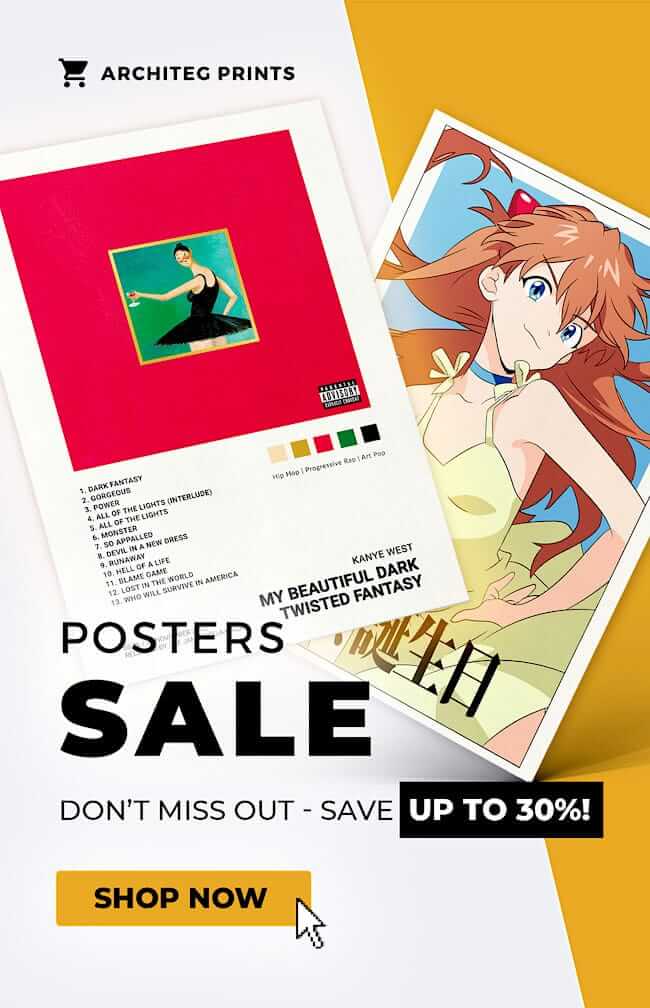 | DISCOUNTGET 30% OFF*Use code on your next order:
|
* This post may contain affiliate links, meaning we earn a commission if you make a purchase through these links, at no additional cost to you.



